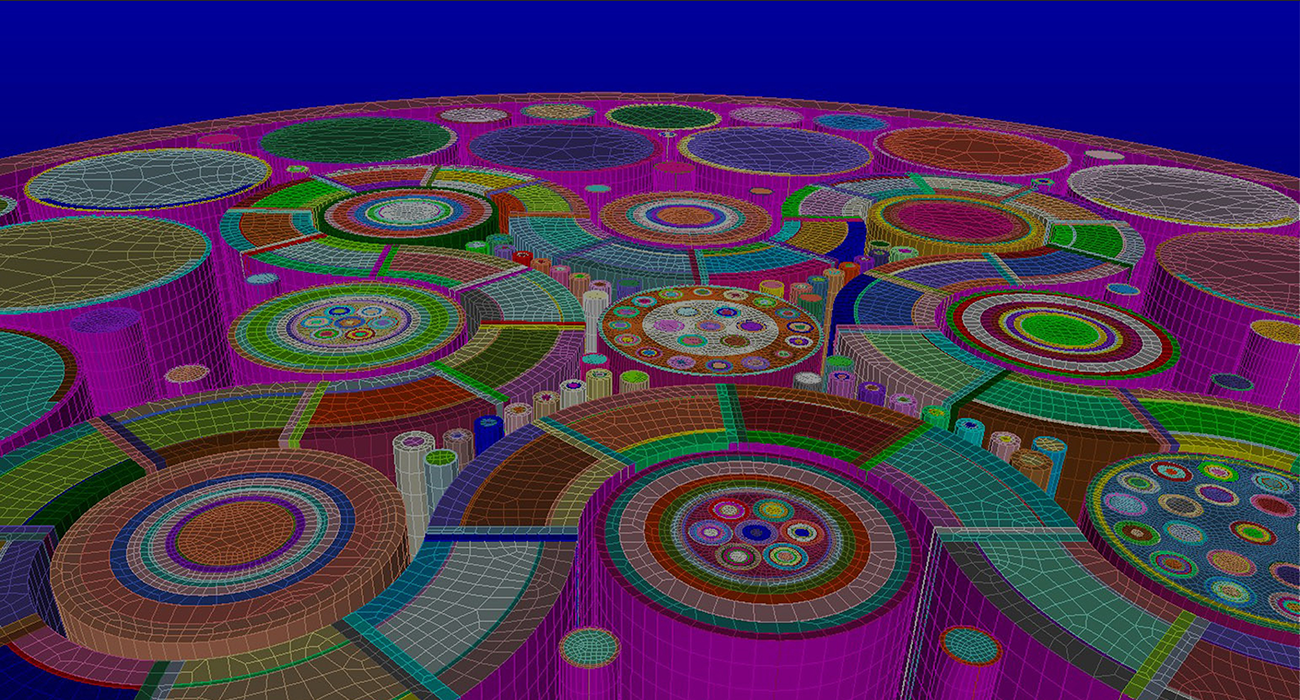INL partners with other labs to outline advanced reactor technology needs
In a report announced today, INL’s nuclear experts, in collaboration with their counterparts at Argonne and Oak Ridge National Labs, presented pathways to deployment for advanced test and demonstration reactor concepts to support key national nuclear energy needs. This collective effort reflects the growing sense of urgency and the groundswell of support for developing advanced reactor technologies.
“To meet the objectives of the nation’s energy policy – and meet energy demand without emissions – we must realize the promise of innovative nuclear technologies,” said Dr. Kemal Pasamehmetoglu, director of INL’s Nuclear Science & Technology Directorate. “Deployment of an advanced test reactor and demonstration of new nuclear power plant technologies are necessary to achieve these objectives.”
The U.S. Department of Energy’s Gateway for Accelerated Innovation in Nuclear (GAIN) initiative directs the national laboratories to support industry efforts to deploy innovative nuclear technologies. Recently passed federal legislation that promotes innovation in technology and licensing also reflects broad bipartisan support for nuclear energy and the recognition that the nation’s energy, security and environmental goals cannot be met without it.
The study relied on critical input from scientists and nuclear experts from across the DOE complex, academia and industry. This broad-based effort is focused on defining a path forward to providing reliable, efficient and clean nuclear energy using advanced reactor technologies. The current light-water reactor fleet provides nearly two-thirds of the nation’s zero-carbon energy.
“The results of this study will help focus lab and industry resources on the most promising technologies and options for both near-term and long-term deployment,” said Dr. Hans Gougar, director of INL’s Advanced Reactor Technologies Division. “The study also illuminates the technical, financial and regulatory backdrop against which realistic development and deployment decisions must be made. I encourage everyone interested in our national energy future to take a look.”
Advanced reactors are defined, for purposes of this study, as those which use coolants other than water. The innovative designs evaluated in this study offer key performance features such as:
- Higher outlet temperatures to produce electricity more efficiently and to replace fossil-fuel-generated heat for industrial applications like chemical production and water desalinization.
- Enhanced inherent, or passive, safety systems to remove excess heat effectively even in the event of a full station blackout, such as occurred at Fukushima, and to allow the plant to withstand any conceivable accident scenario.
- Advanced fuels in various forms (liquid, particle, metallic or ceramic) and new cladding materials to operate at higher temperatures, extract more energy from the fuel, and tolerate a wider range of operating conditions.
- Advanced power conversion systems using gas turbines or supercritical fluids to reduce water usage and increase efficiency.
The Advanced Demonstration and Test Reactor Options Study and its appendices are posted on INL’s Advanced Reactor Technologies website. More information is available via the INL website.





